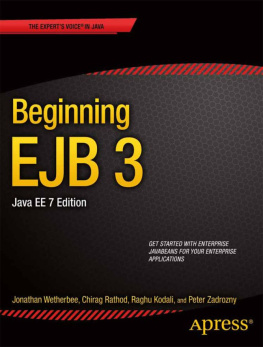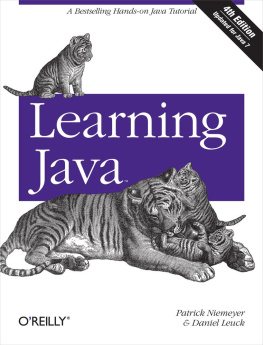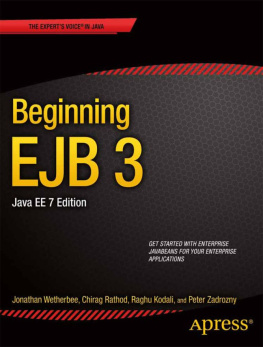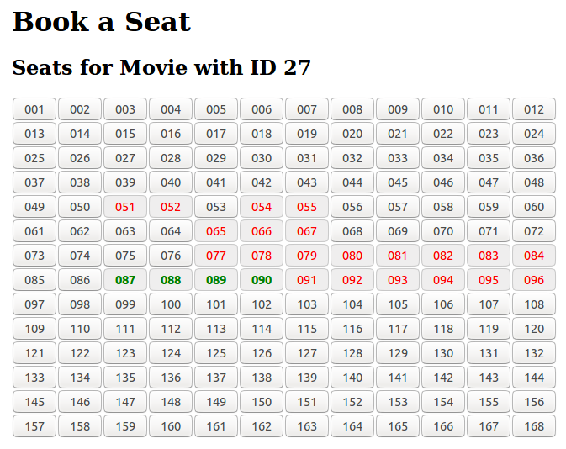Abdalla Mahmoud [Abdalla Mahmoud] - Developing Middleware in Java EE 8
Here you can read online Abdalla Mahmoud [Abdalla Mahmoud] - Developing Middleware in Java EE 8 full text of the book (entire story) in english for free. Download pdf and epub, get meaning, cover and reviews about this ebook. year: 2018, publisher: Packt Publishing, genre: Home and family. Description of the work, (preface) as well as reviews are available. Best literature library LitArk.com created for fans of good reading and offers a wide selection of genres:
Romance novel
Science fiction
Adventure
Detective
Science
History
Home and family
Prose
Art
Politics
Computer
Non-fiction
Religion
Business
Children
Humor
Choose a favorite category and find really read worthwhile books. Enjoy immersion in the world of imagination, feel the emotions of the characters or learn something new for yourself, make an fascinating discovery.
- Book:Developing Middleware in Java EE 8
- Author:
- Publisher:Packt Publishing
- Genre:
- Year:2018
- Rating:5 / 5
- Favourites:Add to favourites
- Your mark:
Developing Middleware in Java EE 8: summary, description and annotation
We offer to read an annotation, description, summary or preface (depends on what the author of the book "Developing Middleware in Java EE 8" wrote himself). If you haven't found the necessary information about the book — write in the comments, we will try to find it.
Use Java features such as JAX-RS, EJBs, and JPAs to build powerful middleware for newer architectures such as the cloud
About This Book- Explore EJBs to build middleware solutions for enterprise and distributed applications
- Understand middleware designs such as event-based and message-driven web services
- Learn to design and maintain large-scale systems and vendor disputes
Enterprise architects, designers, developers, and programmers who are interested in learning how to build robust middleware solutions for enterprise software will find this book useful. Prior knowledge of Java EE is essential
What You Will Learn- Implement the latest Java EE 8 APIs and manage dependencies with CDI 2.0
- Perform CRUD operations and access databases with JPA 2.1
- Use bean validation API 2.0 to validate data
- Develop business logic with EJB 3.2
- Incorporate the REST architecture and RESTful API design patterns
- Perform serialization and deserialization on JSON documents using JSON-B
- Utilize JMS for messaging and queuing models and securing applications
- Test applications using JUnit and Mockito and deploy them using Docker
Middleware is the infrastructure in software based applications that enables businesses to solve problems, operate more efficiently, and make money. As the use of middleware extends beyond a single application, the importance of having it written by experts increases substantially. This book will help you become an expert in developing middleware for a variety of applications.
The book starts off by exploring the latest Java EE 8 APIs with newer features and managing dependencies with CDI 2.0. You will learn to implement object-to-relational mapping using JPA 2.1 and validate data using bean validation. You will also work with different types of EJB to develop business logic, and with design RESTful APIs by utilizing different HTTP methods and activating JAX-RS features in enterprise applications. You will learn to secure your middleware with Java Security 1.0 and implement various authentication techniques, such as OAuth authentication. In the concluding chapters, you will use various test technologies, such as JUnit and Mockito, to test applications, and Docker to deploy your enterprise applications.
By the end of the book, you will be proficient in developing robust, effective, and distributed middleware for your business.
Style and approachLearn how to design and implement professional enterprise middleware solutions using the latest techniques and features provided by the Java EE 8 platform.
Downloading the example code for this book You can download the example code files for all Packt books you have purchased from your account at http://www.PacktPub.com. If you purchased this book elsewhere, you can visit http://www.PacktPub.com/support and register to have the files e-mailed directly to you.
Abdalla Mahmoud [Abdalla Mahmoud]: author's other books
Who wrote Developing Middleware in Java EE 8? Find out the surname, the name of the author of the book and a list of all author's works by series.

![Abdalla Mahmoud [Abdalla Mahmoud] Developing Middleware in Java EE 8](/uploads/posts/book/119358/thumbs/abdalla-mahmoud-abdalla-mahmoud-developing.jpg)
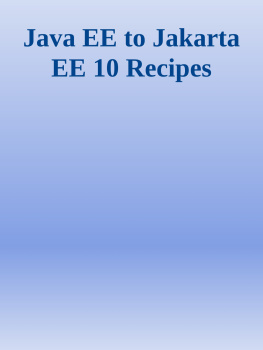
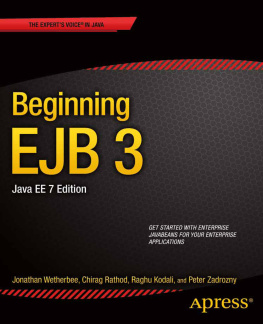

![Josh Juneau [Josh Juneau] - Java EE 8 Recipes: A Problem-Solution Approach](/uploads/posts/book/119371/thumbs/josh-juneau-josh-juneau-java-ee-8-recipes-a.jpg)

